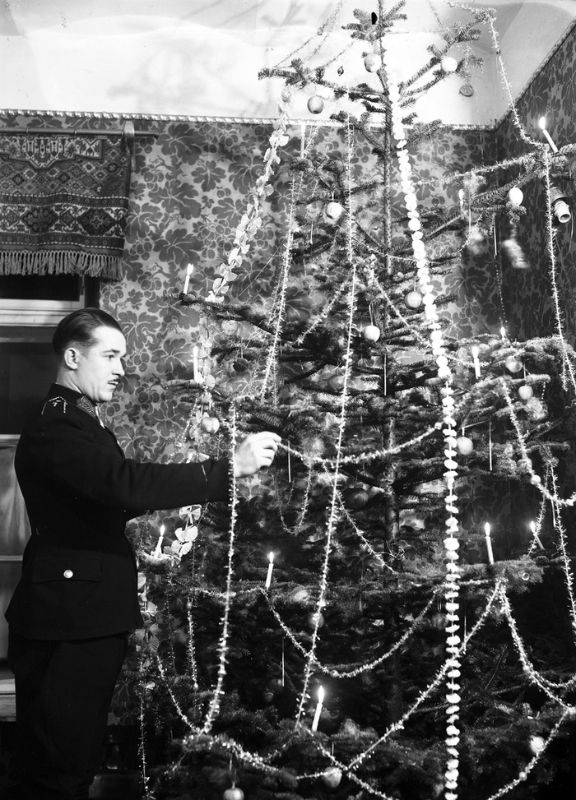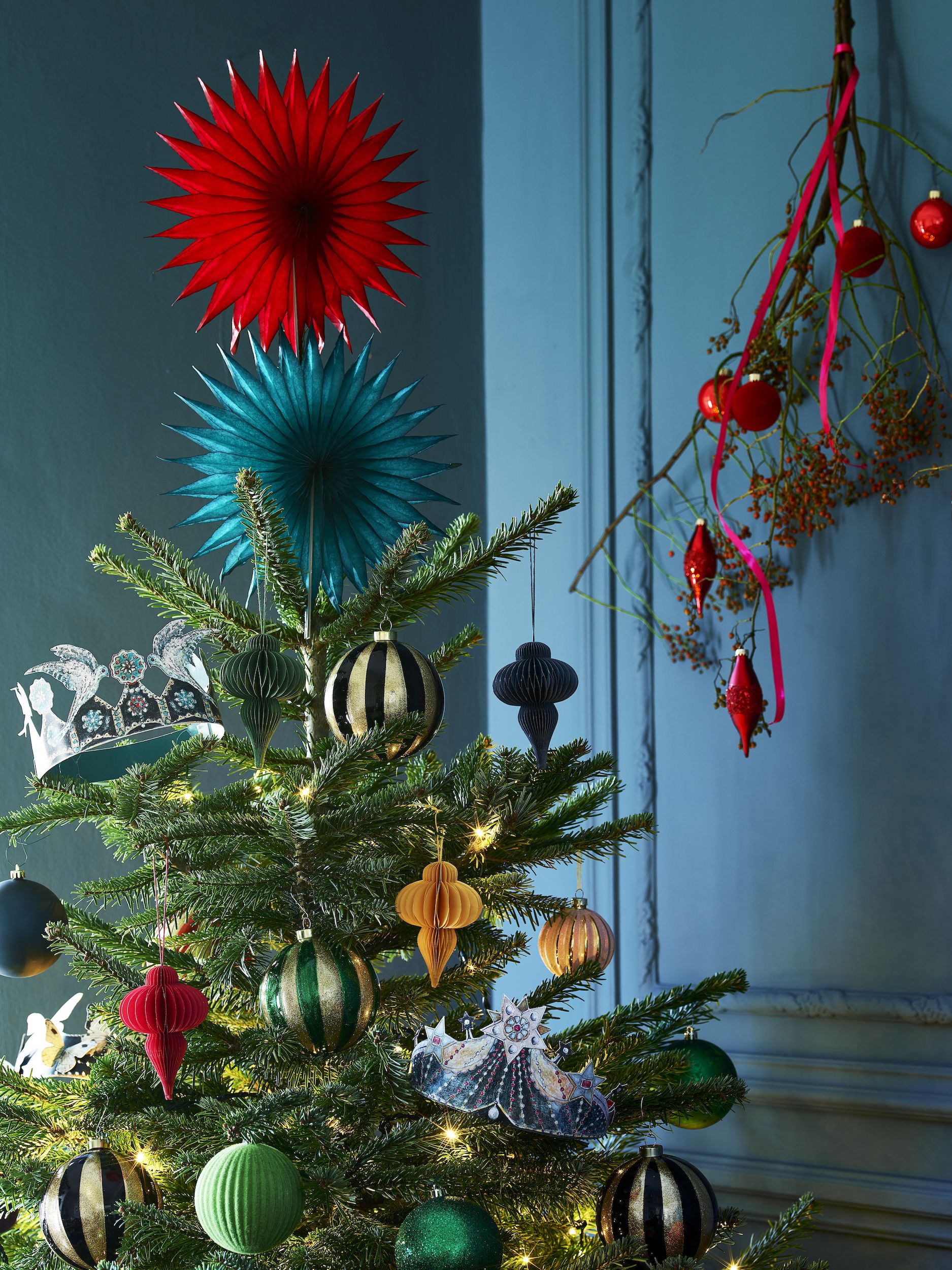The holiday season is fast approaching, and for many, that means it’s time to bring home a beautiful tree, decorate it with lights, ornaments, and a star or angel on top. But amidst the festive cheer, a question lingers: is getting a tree and decorating it witchcraft? This article will delve deep into this fascinating subject, separating myth from reality, and providing insights from historical, cultural, and personal perspectives.
Understanding the Concept of Witchcraft
Before we dive into the discussion, let’s define what we mean by witchcraft. Generally, witchcraft is understood as the practice of magical skills and abilities, often associated with the manipulation of natural elements for personal gain or harm. In many cultures, this concept encompasses various practices and beliefs that have evolved over centuries.
The Historical Context of Witchcraft
Witchcraft has a long and varied history, often rooted in the spiritual and religious practices of ancient cultures. For example, in some traditions, the act of decorating a communal tree was a way to honor nature, spirits, or ancestors. However, misunderstandings and the fear of witchcraft have often led to its demonization.
Modern Misconceptions
Many modern interpretations of witchcraft are influenced by entertainment media and pop culture, which may exaggerate or distort its true nature. Understanding witchcraft from a holistic perspective can help clarify these misconceptions.
Bringing Home a Tree: A Cultural Perspective
Across various cultures, the practice of bringing home and decorating a tree holds deep significance. Let’s explore some of these traditions to understand their origins and meanings better.

Christmas Trees: Origin and Tradition
In Western cultures, the Christmas tree is a central symbol of the holiday season. This tradition dates back to 16th-century Germany, where Christians would bring decorated trees into their homes. The evergreen tree represents eternal life, and its decoration symbolizes the joy of the season.
Yule and Pagan Practices
Many pagan traditions celebrate the winter solstice and Yule, where evergreens are used to symbolize the return of life during the darkest time of the year. While some might link this to witchcraft, it can also be seen as a celebration of nature and the cycles of life.

Comparative Table: Tree Traditions Across Cultures
| Culture | Tree Type | Symbolism |
|---|---|---|
| Western (Christmas) | Fir | Joy, life, faith |
| Germanic (Yule) | Evergreen | Renewal, life |
| Japanese (New Year) | Pine | Longevity, prosperity |
| Hindu (Pongal) | Various | Harvest, bounty |
Examining the Myths: Is Tree Decorating Witchcraft?
The notion that getting a tree and decorating it is witchcraft stems from a variety of myths and cultural biases. Let’s dissect these claims to uncover the truths behind them.

Myth 1: Trees are Sacred and Tied to Witchcraft
Many ancient cultures revered trees as sacred, often associating them with deities or spirits. While this reverence can overlap with witchcraft practices, it is essential to recognize that not all traditions that honor trees are linked to witchcraft.
Myth 2: Decorating Trees Invokes Spirits
Decorating trees, especially during the winter months, has often been viewed as invoking spirits or nature deities. However, many people engage in this practice purely for enjoyment and aesthetic purposes, without any intention of conjuring spiritual forces.

Personal Experience: A Non-Religious Celebration
Growing up in a non-religious household, my family decorated our Christmas tree each year as a way to celebrate togetherness and joy. For us, it was never about invoking any spirits or practicing witchcraft; it was about creating cherished memories.
The Pros and Cons of Tree Decorating
Understanding the implications of decorating a tree can help clarify why some may view it as witchcraft, while others see it as a joyful tradition.

Pros of Decorating a Tree
- Cultural Significance: Connects individuals to cultural heritage and traditions.
- Family Bonding: Creates opportunities for family gatherings and memories.
- Aesthetic Appeal: Enhances the beauty of living spaces during the festive season.
- Spiritual Reflection: Provides a moment of reflection on life and nature.
Cons of Decorating a Tree
- Commercialization: The pressure to buy expensive decorations can detract from the holiday spirit.
- Environmental Concerns: Issues related to tree farming and disposal after the holidays.
- Misinterpretation: Potentially offensive to those who view it through a religious or cultural lens.

Breaking Down the Spiritual Practices Involved
To further understand the relationship between tree decorating and witchcraft, we can examine the spiritual practices involved in both.
Witchcraft Practices Involving Nature
Some forms of witchcraft do involve nature in their practices, which might include the use of natural elements like trees, herbs, and stones. This practice is often about connecting with the energy of nature rather than invoking any particular spirits.

Modern Spirituality and Tree Decorating
Modern spirituality sometimes includes elements of nature worship but typically diverges from traditional witchcraft. Engaging with nature through tree decorating can be seen more as a celebration of life rather than a spiritual practice in the witchcraft sense.
Frequently Asked Questions (FAQs)
1. Is decorating a Christmas tree considered paganism?
While the tradition of decorating a tree has roots in various pagan practices, many people today engage in this act as part of a secular celebration during the holiday season.
2. What does the Christmas tree symbolize?
The Christmas tree symbolizes eternal life, joy, and the spirit of the season. Its evergreen nature is a reminder of the cycle of life and nature’s resilience.
3. Are there any religious connotations to tree decorating?
In certain contexts, tree decorating can have religious connotations, especially within specific Christian traditions. However, many individuals view it as a festive cultural practice without religious ties.
4. Can I put up a tree without being involved in witchcraft?
Absolutely! Decorating a tree is a widely embraced tradition enjoyed by people from various backgrounds, many of whom do not associate it with witchcraft.
Conclusion: Embracing Tradition While Respecting Beliefs
In conclusion, getting a tree and decorating it does not inherently equate to witchcraft. While the origins of this practice might have spiritual roots that some could associate with witchcraft, modern celebrations are generally focused on joy, family, and cultural significance. Embrace your traditions, whether they involve a decorated tree, and enjoy the vibrant spirit they bring into your life!